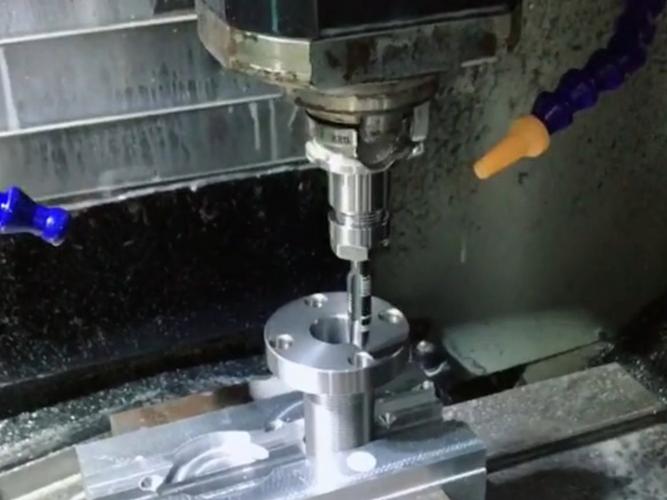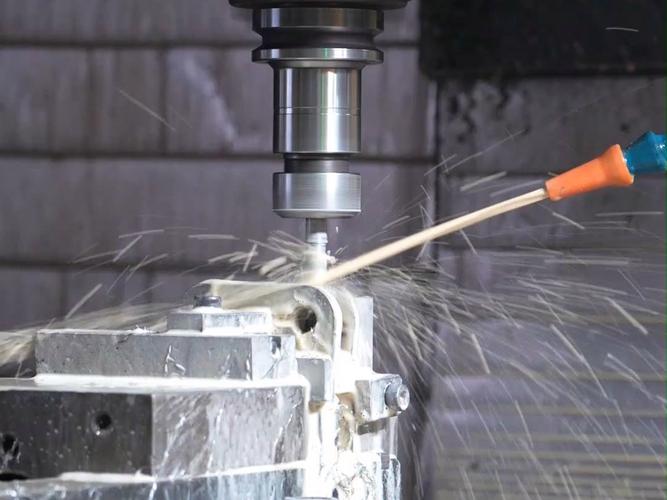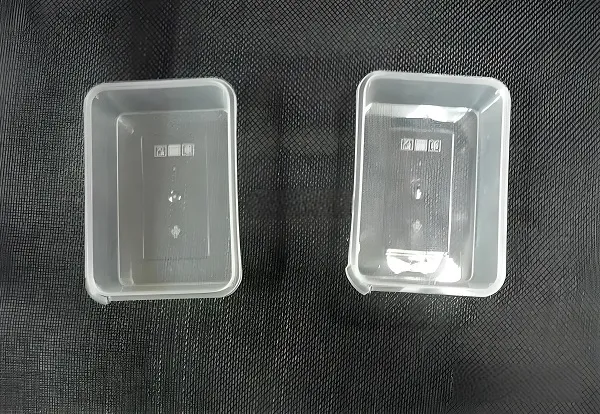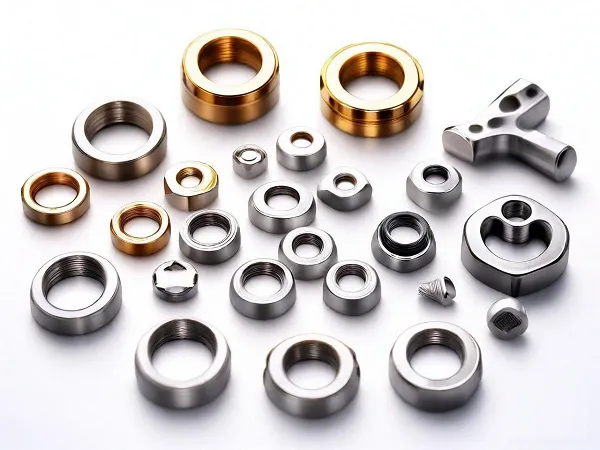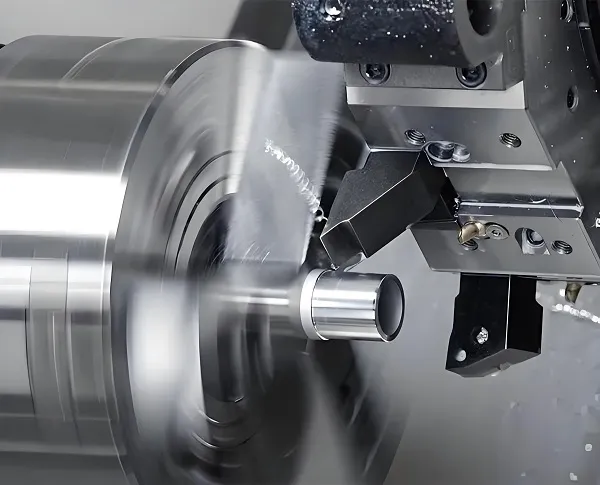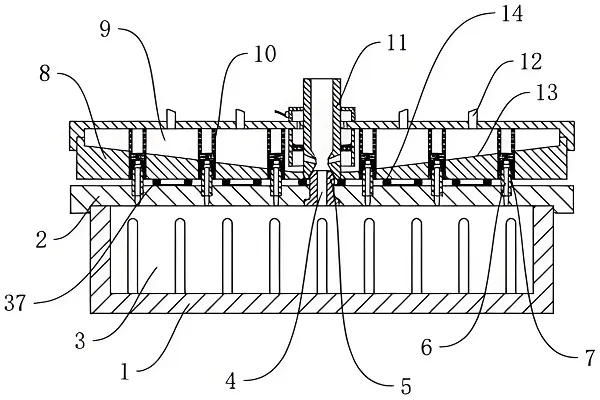Injection mold is a key tool in the production process of plastic products, which injects the molten plastic material into the mold cavity under high pressure through the accurately designed cavity and runner system, and then demolds it after cooling and curing to form plastic products with the same shape as the mold. The quality and efficiency of injection mold design is directly related to the dimensional accuracy of the product, surface quality, production efficiency and production costs, is the core link of the production of plastic products.
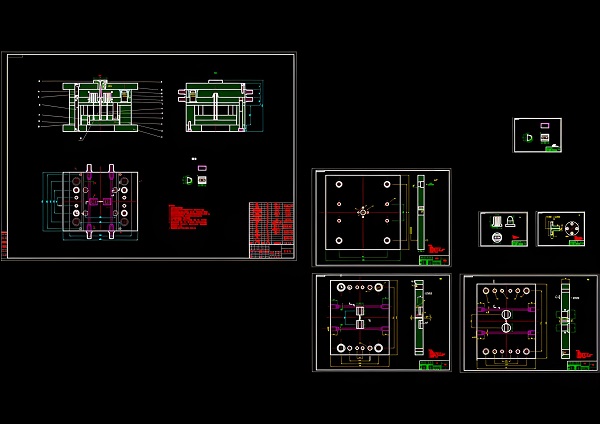
1. Injection mold design process
Demand analysis: clarify the function, structure, size, appearance and other requirements of the product, as well as the production batch, production cycle and other production conditions.
Preliminary design: according to the results of demand analysis, the overall structure of the mold design, including the design of the parting surface, the design of the pouring system, cooling system design.
Detailed design: on the basis of preliminary design, carry out the detailed design of various parts of the mold, including the selection of mold materials, the development of heat treatment process, optimization of the mold structure, and so on.
Drawing: Use CAD and other design software to draw the assembly and parts drawings of the mold, marking the necessary dimensions, tolerances, technical requirements and other information.
Audit and modification: Audit the drawn drawings to ensure the rationality and feasibility of the design, and make necessary modifications according to the audit results.
Mold Manufacturing: Transform the audited drawings into actual molds for machining, heat treatment, assembly and other processes.
Trial mold and adjustment: use the injection molding machine for trial mold, according to the results of the trial mold to adjust and optimize the mold, to ensure product quality and production efficiency.
2.Customized injection mold design
Customized injection mold design is based on the specific needs of customers, tailor-made mold design. In the customization process, designers need to fully communicate with customers to understand the detailed requirements of the product and production conditions, combined with their own professional knowledge and experience, to put forward a scientific and reasonable mold design program. The advantage of customized mold is that it can fully meet the customer’s individual needs and improve the market competitiveness of the product and added value.
3. Injection mold design elements
Parting surface design: The position, shape and size of the parting surface have an important impact on the mold release, product quality and mold life. The design needs to consider the plastic fluidity, the structural characteristics of the products and the processing difficulty of the mold and other factors.
Pouring system design: the pouring system is responsible for introducing the molten plastic into the mold cavity, and its design directly affects the filling effect of the plastic and the quality of the products. The design should take into account the plastic fluidity, injection pressure, injection speed and other factors to ensure that the plastic can fill the cavity evenly and quickly.
Cooling system design: The cooling system is used to control the temperature of the mold, to ensure that the plastic in the mold rapid cooling and curing. The design needs to take into account the structural characteristics of the mold, the nature of the material and production efficiency and other factors, reasonable distribution of cooling water and determine the location and size of the cooling channel.
Ejector system design: the ejector system is used to eject the products from the mold, the design needs to take into account the shape, size and use of the product requirements and other factors, to ensure that the products can be smoothly demolded and not damaged.
4. Injection mold design and development
Injection mold design research and development is a continuous process, aimed at technological innovation and process improvement, improve the level of mold design and production efficiency. In the R&D process, the following products and data need to be paid attention to:
Products: Pay attention to the application of new plastic materials and the structural changes of products in the market, and adjust the mold design scheme in time to meet the market demand.
Data: Collect and analyze the data from various aspects of mold design, manufacturing, and mold testing, including mold dimensional accuracy, surface quality, production efficiency and other key indicators, to provide data support for the subsequent optimization of the design.
Injection Mold Design FAQ
Q1:What is the design cycle of injection mold?
A: The design cycle of injection molds varies depending on the complexity of the product and the design requirements, generally ranging from several weeks to several months.
Q2:How to choose the right mold material?
A: Choosing the right mold material needs to consider the nature of the plastic material, production batch, mold life and other factors. Common mold materials include steel, aluminum alloy, etc. The specific selection should be made according to the actual demand.
Q3:How does the cooling system of injection mold affect product quality?
A: The cooling system of injection mold directly affects the cooling speed and curing effect of the product, which in turn affects the dimensional accuracy, surface quality and physical properties of the product. A good cooling system can shorten the molding cycle, improve the production efficiency, and also help to improve the quality and precision of the products.

